Strengthening peace in the world through the promotion and protection of the rights of indigenous people In the context of its 30 Anniversary, Traditions for Tomorrow inaugurated on 1 September 2016 a photographic exhibition entitled “Amerindians: traditions and knowledge”, which will be located from 1 to 30 September in Quai Wilson (Geneva). Through this exhibition the two photographers Slawo Plata and Olivier Follmi guide the public on a visual journey through the rich and diverse world of indigenous people in three Latin American countries, namely, Peru, Bolivia and Ecuador. The photos of high quality also show the importance of human creativity through contemporary themes such as farming techniques and those of livestock, environment, health, communication, food, traditional skills, festivals and governance. These images allow admiring and appreciating the wealth of knowledge and traditions of indigenous peoples in the Andean region. For this special occasion, several high level personalities representing the local government, civil society and UNESCO delivered an oral statement in the opening ceremony of this exhibition, by which they wanted to commend the utmost efforts displayed by Traditions for Tomorrow in the past years. In particular, Ms. Sandrine Salerno - Administrative Counsellor for the City of Geneva- , Mr. Jean Bernard Munch - President of the Swiss National Commission for UNESCO – and Mr. René Longet - President of the Geneva NGO Federation for Cooperation- emphasized the role played by Geneva in the promotion of human rights and the positive contribution of this organization in the attainment of peace. As a special speaker, Mr. Abdulaziz Almuzaini, Director of the UNESCO Liaison Office in Geneva, stated that from the Kalahari Desert to the Himalayas, from the Amazon to the Arctic, indigenous peoples are on the frontline of climate change. The peoples of the Andes are particularly exposed to contemporary challenges, which affect their livelihoods. They are exposed and vulnerable on this impact because of the close links between the environment of the high mountains and culture, spirituality and their social-economic system. He added that indigenous peoples use their traditional knowledge to adapt to changes in the environment and build their ancestral relationship with environment of the mountain. For him, this exhibition is an expression of their struggle and resilience through education and culture. He also indicated that it is clear that neither sustainability nor social inclusion is possible without a firm commitment to uphold the rights of indigenous peoples, without offering them the means to express themselves freely, without developing and practicing their culture and participating in collective decisions. He reminded to the public that the UNESCO commitment with indigenous peoples is also reflected in the Universal Declaration on Cultural Diversity of 2001, Convention for the Safeguarding of the Intangible Cultural Heritage of 2003 and the Convention on the Protection and Promotion of the Diversity of Cultural Expressions of 2005. In all these UNESCO legal instruments, indigenous peoples are recognized as custodians of their cultural heritage. According to the latest world estimations, the number of indigenous groups globally exceeds 5.000, representing as many as 370 million of human beings in more than 70 countries. As emphasized by the former President of the General Assembly in 2000, “we need indigenous peoples in our midst as part of our global efforts to bring peace, promote sustainable development, eradicate poverty and strengthen democracy, as well as to preserve cultural diversity”. Although the indigenous peoples’ spirituality or religion has been put down over the centuries, their traditional concept of life based on peace and mutual respect has survived until recent years. The United Nations Declaration on Human Rights of Indigenous Peoples recognised that the indigenous peoples have the right to live in freedom, peace and security. Nevertheless, the persistent plight of indigenous peoples in many parts of the world continues to be an affront to humanity. It follows that the realization of the rights contained in the current human rights instruments, including the UN Declaration on Human Rights of Indigenous Peoples, could become a useful means so that an increasing number of the world’s indigenous peoples can truly live in dignity and peace. Since Education is an indispensable tool that can help humankind, including indigenous peoples in particular, to move towards the ideals of peace, freedom and social justice, cultural diversity should be given paramount importance in any formal or informal educational system. Nevertheless, culture, languages, traditions and knowledge of indigenous peoples continue to be discriminated in the programmes, curricula and teaching methods of many countries. In addition, indigenous communities are occasionally forced to sacrifice important aspects of their identity and, in some cases, the underlying goal of State educational systems is to assimilate indigenous peoples into the dominant group. As stated by the UNESCO Universal Declaration on Cultural Diversity, “the respect for the diversity of cultures, tolerance, dialogue and cooperation, in a climate of mutual trust and understanding are among the best guarantees of international peace and security”. In conclusion, not only should indigenous education be broadened at all levels of national education with anti-racist and multicultural methods that reflect respect for cultural, ethnic diversity and gender equality, but fair and equal access to a quality education should be provided to all. As stated by Article 8 (j) of the UNESCO Convention on Biological Diversity, the conservation and sustainable use of biological diversity depends on knowledge, innovations and practices of indigenous and local communities. Thus, States should recognize the vital role of indigenous peoples in the environmental management and conservation of biological diversity, and foster their knowledge and their traditional methods of work in the sustainable use of biological resources. According to Principle 25 of the Rio Declaration on Environment and Development, adopted together with Agenda 21 by the Rio Earth Summit in 1992, “peace, development and environmental protection are interdependent and indivisible”. The spiritual and cultural link between the cultural identity of indigenous communities and their ancestral lands is often misunderstood by non-indigenous persons and is frequently ignored in the decision-making of many governments in the process of development. As stated by the Human Rights Committee (General Comment on Article 27 of ICCPR), “culture manifest itself in many forms, including a particular way of life associated with the use of land resources, especially in the cases of indigenous peoples”. Most peace negotiations with indigenous communities have only dealt with superficial issues. The roots of conflicts are seldom addressed and remain hidden only to re-emerge at a later time. The historical situation of land dispossession and social exclusion is not only the result of a larger picture of complex social problems related to a history of discrimination and marginalization, including poverty and unemployment, but also the cause of tensions and conflict in many indigenous communities. To overcome these problems a fair and effective justice system is crucial in fostering reconciliation, peace, stability and development among indigenous peoples. Currently, many indigenous women are submitted to discriminatory practices within communities, such as forced marriages, frequent domestic violence, dispossession of property and other forms of male patriarchal domination. Moreover, women are often excluded from participative processes and decision-making on development projects and programmes in indigenous communities. Thus, taking into account that the realization of equal rights for women at all levels and in all areas of life contributes to the achievement of a just and lasting peace their marginalization and discrimination impedes the social, economic and cultural development of the indigenous peoples as a whole. For this reason, Member States should be urged to recognize the need to ensure full respect for the human rights of indigenous women as provided in the Beijing Declaration and Platform for Action of the Fourth World Conference on Women in 1995 and to promote their participation in all levels of decision making on peace and security issues as provided in UN Security Council Resolution 1325. David Fernandez Puyana, PhD, LLM and MA |


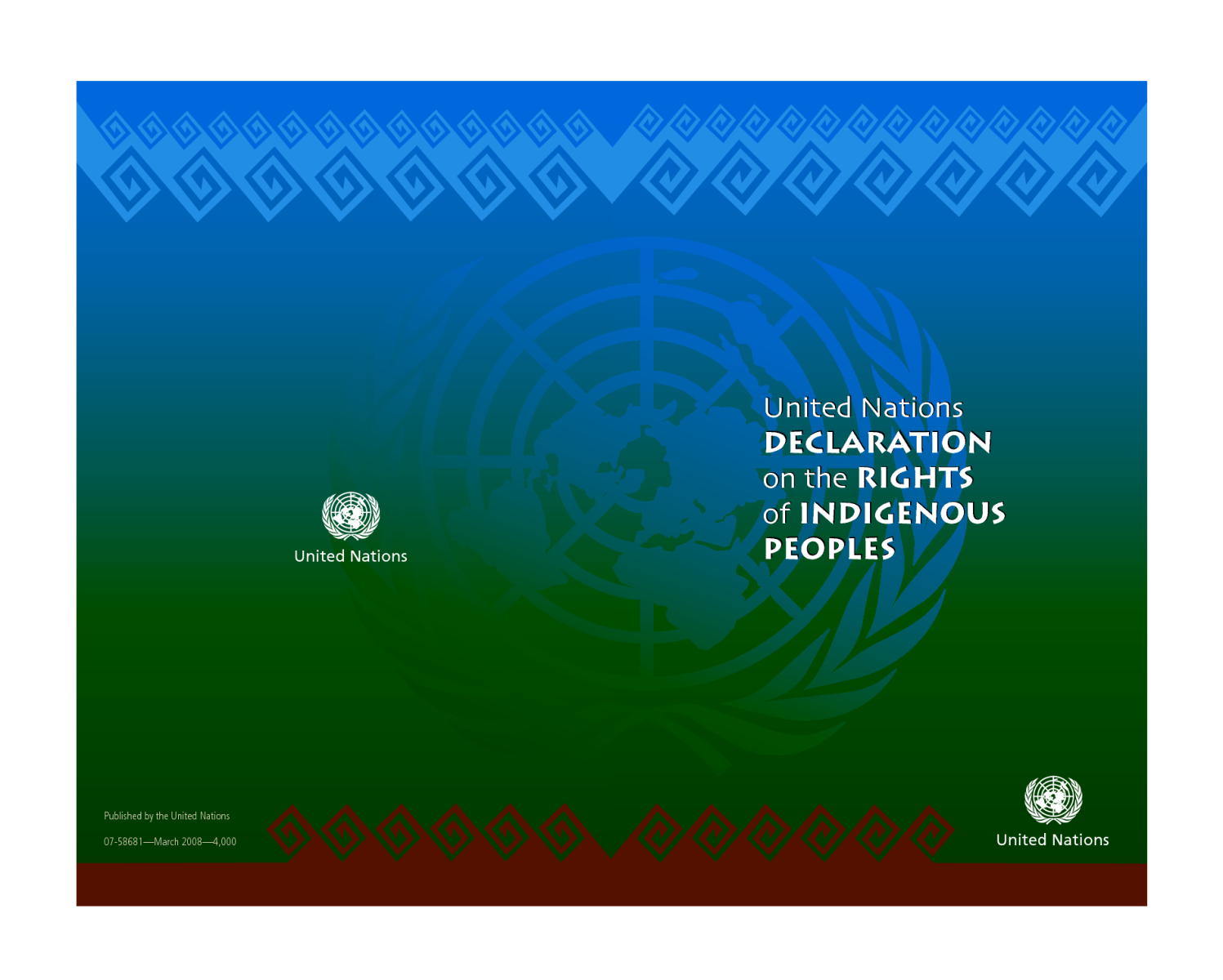




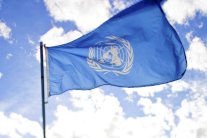

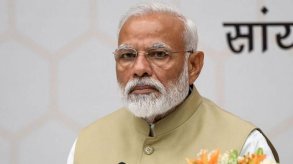



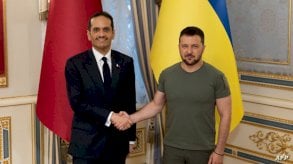



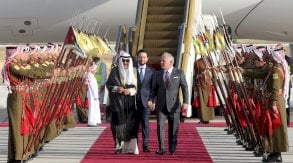

التعليقات